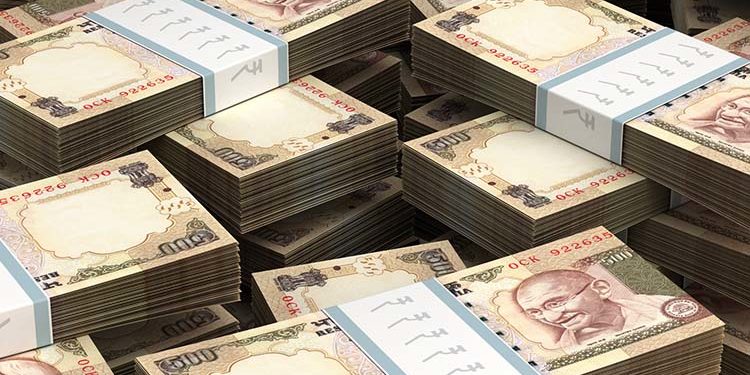Fiscal policy is the government’s use of spending and taxation to influence the economy. Fiscal policy differs from monetary policy. Monetary policy refers to the management of money supply and interest rate and is the demand side economic policy used by the monetary authority of a country, typically the central bank (in India RBI) or currency board of a country to achieve macroeconomic objectives like inflation, consumption, growth,
Fiscal policy refers to taxation, government spending, and associated borrowing. Governments however typically use fiscal policy to promote strong and sustainable growth and reduce poverty.
Taxation indicates the act of imposing taxes and the fact of being taxed. Government spending includes normal government expenditures, capital expenditures on public works, relief expenditures, subsidies of various types, transfer payments, social security benefits, etc.
There are three main stances in fiscal policy namely neutral, expansionary, and contractionary. Neutral fiscal policy is usually undertaken when an economy is in equilibrium. It means the Government spending is fully funded by tax revenue and overall the budget outcome has a neutral effect on the level of economic activity. Expansionary fiscal policy is usually undertaken during recessions whenever government spending exceeds tax revenue. The contractionary fiscal policy takes place when government spending is lower than tax revenue and is usually undertaken to pay down government debt.
Fiscal policy can be used to;
Stimulate the economy: Lowering taxes or increasing spending can encourage consumer spending and business investment.
Combat inflation: Raising taxes or cutting spending can cool down the economy.
Improve infrastructure or education: Government spending can help improve infrastructure or education.
Reduce poverty: Low-income countries may spend more on primary health care to reduce poverty.
Source of funds for government expenditure:
(i)Taxation, (ii) Seigniorage (iii) Public debts including external debts (iv) Fiscal surplus of previous years (v) Sale of assets (Ex: disinvestment of government’s stake in public sector units)
The difference between the government’s expenditures and its revenues (excluding money borrowed by the Government) is known as fiscal deficit/fiscal surplus. The fiscal deficit or surplus is normally communicated as a percentage of its gross domestic product (GDP).




